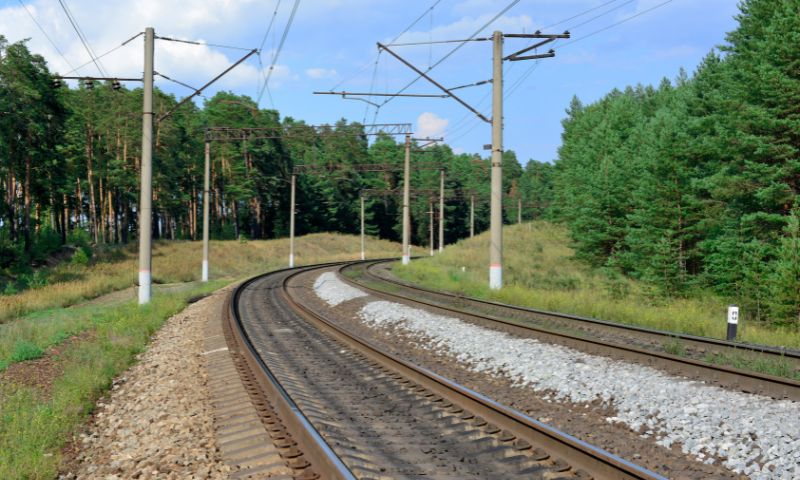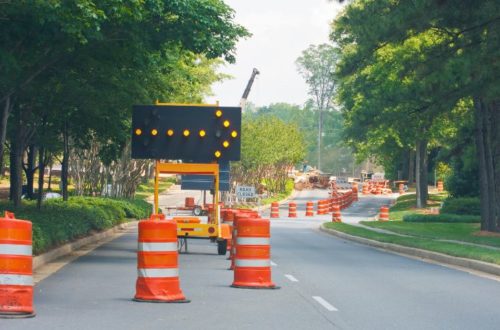5 Types of Neglected Infrastructure That Can Cause Disaster

Many North American cities, such as San Francisco and New York, boast iconic bridges that are instantly recognizable. But across the United States, in cities and rural towns, less well-known structures don’t get the same amount of care and attention. Five types of neglected infrastructure can cause disaster if city officials delay or ignore inspections and repairs for these structures. The consequences of neglect can be severe, including illness, injury, and property destruction.
Water Towers and Water Treatment Facilities
Water towers and water treatment facilities serve critical roles in safeguarding public health. These structures store and treat drinking water, ensuring it is safe for consumption. A lack of regular inspection and maintenance can lead to deterioration, resulting in water contamination.
Old water towers have been known to harbor pests such as snakes and mice, which can contaminate the water these towers store, and corrosion in old lead pipes, such as those in Flint, Michigan, can cause public health emergencies.
Small Vehicle and Foot Bridges
Bridges for small vehicles and pedestrians, although less imposing than their larger counterparts, are nevertheless integral to transportation networks. Aside from often looking picturesque, these smaller structures facilitate movement and connectivity within communities. However, unlike larger bridges of more than 20 feet in length, the United States Federal Highway Administration’s bridge inventory, which notes bridge conditions and necessary repairs, doesn’t include small bridges.
Neglecting these smaller “non-inventory” bridges in suburban and rural communities can compromise their structural integrity, posing a safety risk. State transportation and county government agencies are responsible for inspecting and repairing non-inventory bridges to ensure they don’t become tragic examples of neglected infrastructure.
Dams, Levees, and Culverts
Dams, levees, and culverts have the important task of managing water flows and preventing floods. These structures can fail if they fall into disrepair, leading to devastating flooding with potential loss of life, extensive property damage, and water-borne illness spreading from contaminated floodwaters.
Railroad Tracks and Signals
Railroads and their signals directly impact the safety and efficiency of rail transport. Neglected tracks can cause derailments, while faulty signals can result in collisions. Both scenarios can lead to tragic consequences, including loss of life, interruption of emergency services, and economic disruption.
Power Grids
Electric power grids form the backbone of modern society, powering homes, businesses, and essential services. Any neglect can lead to power outages, disrupting everyday life and potentially causing economic losses. Regular inspections, maintenance, and upgrades are necessary to ensure our power grids are reliable and resilient.
Our local and national governing bodies can no longer afford to continue to ignore these five types of neglected infrastructure that can cause disaster. Therefore, staying informed about infrastructure improvements, inspections, and repairs is crucial to advocate for safe travel, clean water, and reliable power.
Would you like to receive similar articles by email?





